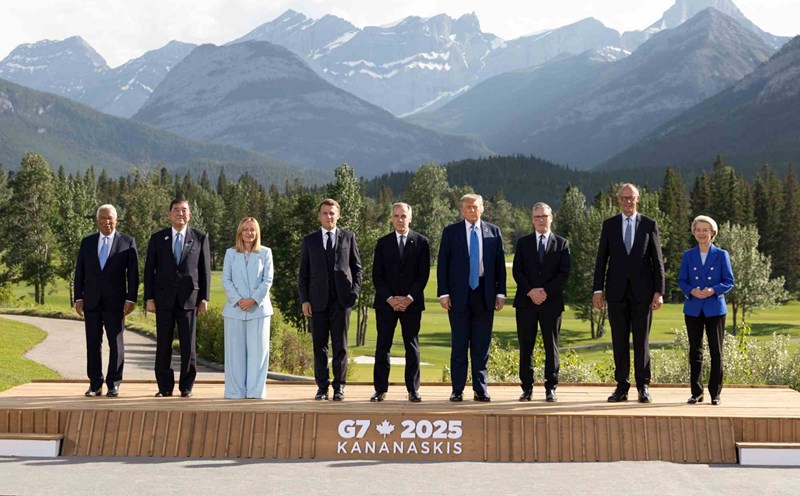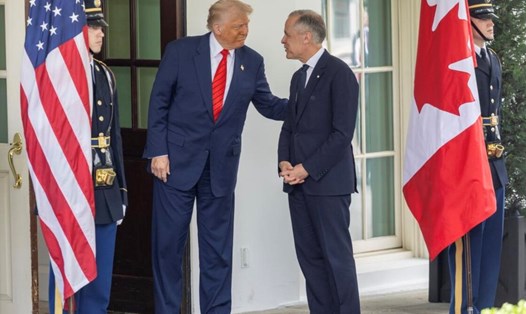On June 29, the Canadian government suddenly announced the suspension of digital taxation plans for US technology corporations. The move is seen as a step to ease trade tensions with Washington and create momentum to resume stalled negotiations.
According to the Canadian Treasury Department, Prime Minister Mark Carney and US President Donald Trump will soon resume the dialogue with the goal of reaching a trade deal before July 21.
Previously, Mr. Trump announced a stop to negotiate and spoke out against Ottawa's tax policy, saying that this policy was disadvantageous for US businesses, warning that import tariffs on goods from Canada would increase if the country did not change its stance.
According to the original plan, Canada planned to impose a 3% tax rate on digital service revenue earned by a company from Canadian users at over 20 million CAD (14.6 million USD). This policy is expected to be implemented retrograde from 2022 and will directly affect "big guys" such as Amazon, Meta, Google and Apple.
However, right before the start of tax collection, the Canadian Ministry of Finance announced a temporary suspension of implementation and said it would submit a bill to the National Assembly to completely abolish this tax. Canada has stressed its priority to pursue a global agreement on digital taxes, rather than unilateral action.
The information about the tax delay has shown signs of improvement in the international financial market. The future value of US stocks increased simultaneously, leading to a recovery on major exchanges in Asia.
Canada is currently the second largest trading partner of the US after Mexico, and the largest market consuming US goods.
In 2024 alone, the total two-way trade turnover between the two countries will reach more than 760 billion USD, of which Canada will import nearly 350 billion USD of goods from the US and export more than 410 billion USD to the US.
Although Canada avoided a major US tax in April, many of its major exports, especially steel and aluminum, are still subject to tariffs of up to 50% when entering the US market. This shows that trade tensions between the two countries have not been really resolved.












